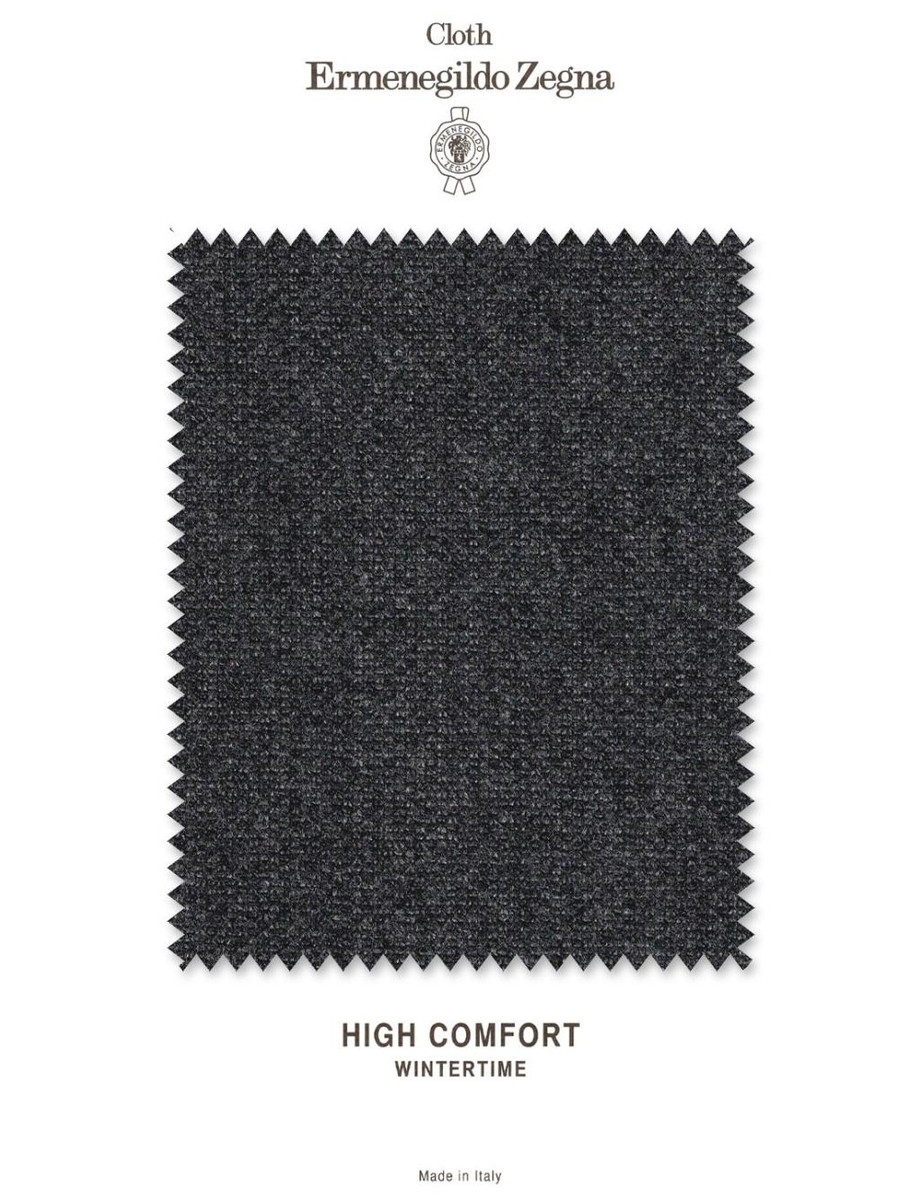Exploring the Intricate World of Leno Weave Fabric
In the diverse realm of textile weaving, one particular technique stands out for its unique characteristics and aesthetic appeal – the Leno weave. Leno weave fabric, also known as gauze weave, is a distinct method that creates an open and airy texture. This article delves into the fascinating world of Leno weave, exploring its history, characteristics, uses, and the intricate process behind its creation.
History of Leno Weave:-
The Leno weave technique has ancient roots, dating back to early civilizations where artisans used hand-looms to create intricate patterns. However, it gained prominence in the 19th century with the advent of mechanized weaving. Named after the French engineer Auguste Leno, who patented the design in 1835, the Leno weave quickly found its way into the textile industry.
Characteristics of Leno Weave Fabric:-
Open Weave Structure:- Leno weave fabric is characterized by its open, mesh-like structure. Unlike traditional weaving patterns, where the weft yarn passes over and under the warp yarn, the Leno weave involves twisting adjacent warp threads around each other. This creates a stable yet open construction, resulting in a fabric with a distinctive appearance.
Airiness and Transparency:- The open structure of Leno weave imparts a light and airy quality to the fabric. This inherent transparency makes it an excellent choice for various applications, allowing for breathability and a delicate drape.
Durability:- Despite its delicate appearance, Leno weave fabric is surprisingly durable. The twisted warp threads provide strength and stability, making it suitable for both decorative and functional purposes.
Versatility:- Leno weave is a versatile technique that can be applied to various fibers, including cotton, linen, silk, and synthetic materials. This adaptability expands the possibilities for creating a wide range of textures and visual effects.
Uses of Leno Weave Fabric:-
Fashion and Apparel:- Leno weave fabric is a popular choice in the fashion industry for creating lightweight and breathable garments. Its airy structure makes it ideal for summer dresses, scarves, and bridal veils.
Home Textiles:- The transparency of Leno weave lends itself well to home textiles such as curtains, drapes, and tablecloths. These items allow diffused light to pass through while adding a touch of elegance to interiors.
Medical and Surgical Applications:- The durability and breathability of Leno weave fabric find applications in the medical field. It is used in the production of bandages, dressings, and surgical gauze due to its ability to provide ventilation and maintain sterility.
Decorative Items:- Leno weave is often employed in creating decorative items like shawls, throws, and upholstery fabrics. Its unique texture adds a layer of sophistication to these pieces.
The Intricate Process of Leno Weaving:-
The production of Leno weave fabric involves a specialized weaving technique. Warp threads are twisted around each other with the help of a doup attachment, which holds alternate warp threads in place while allowing the adjacent ones to twist. This intricate process requires precision and expertise, whether done manually or using modern weaving machinery.
In the vast landscape of textile weaving, the Leno weave stands out as a testament to the artistry and ingenuity of textile craftsmen. Its delicate yet durable nature, combined with a rich history and versatile applications, has secured its place in both traditional and contemporary textile industries. Whether adorning fashion runways or enhancing the functionality of medical textiles, Leno weave fabric continues to captivate with its unique charm and timeless appeal.
FOR MORE INFORMATION:-

Comments
Post a Comment